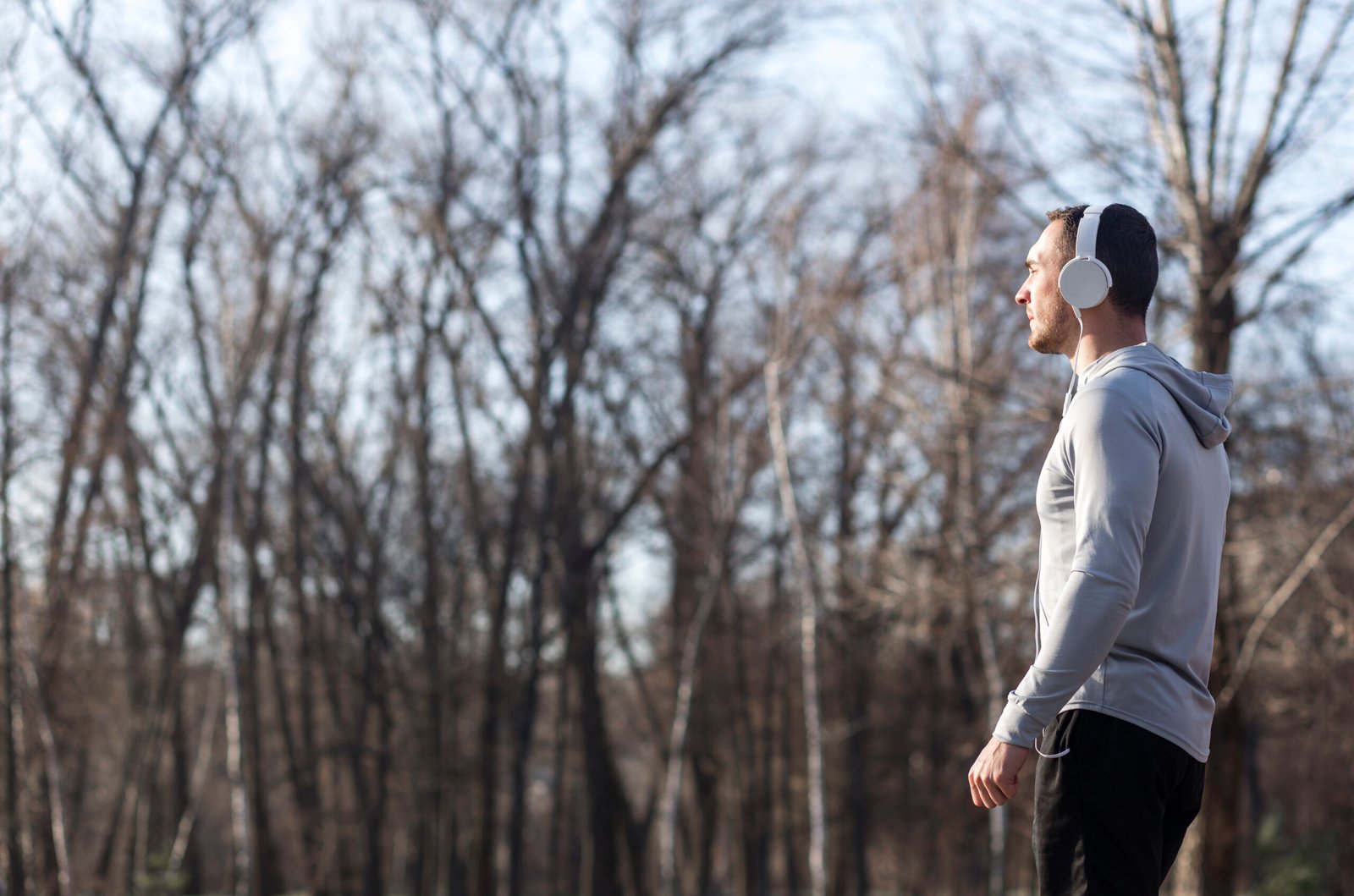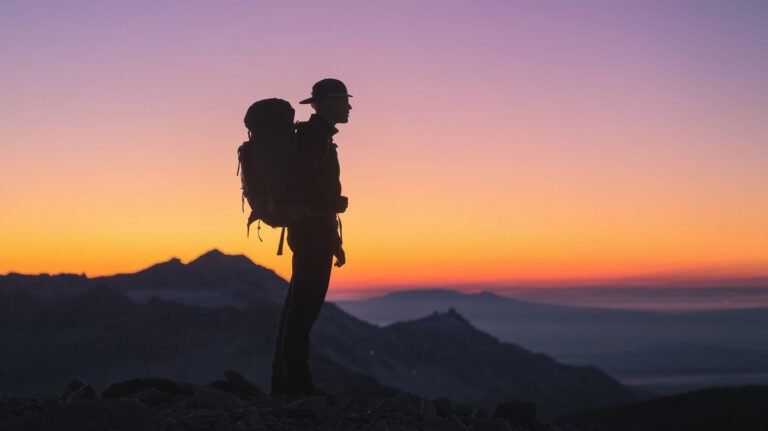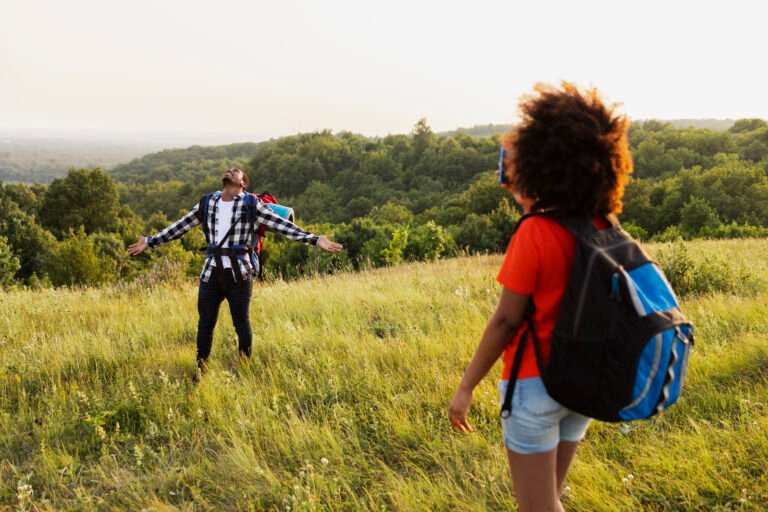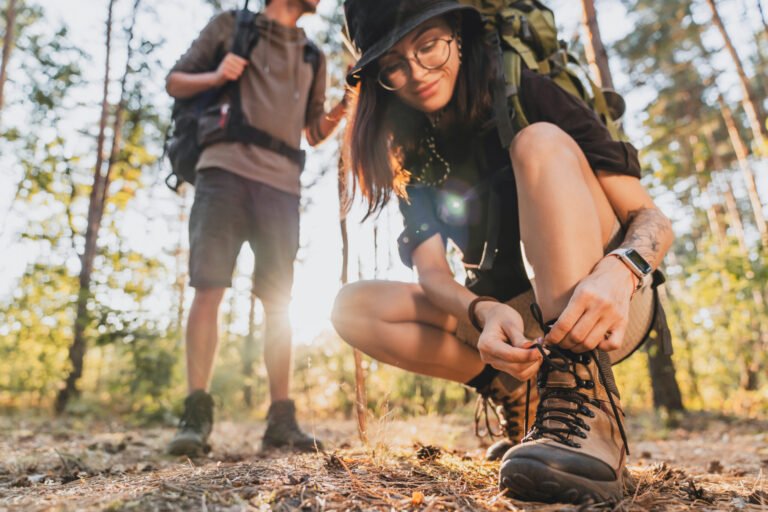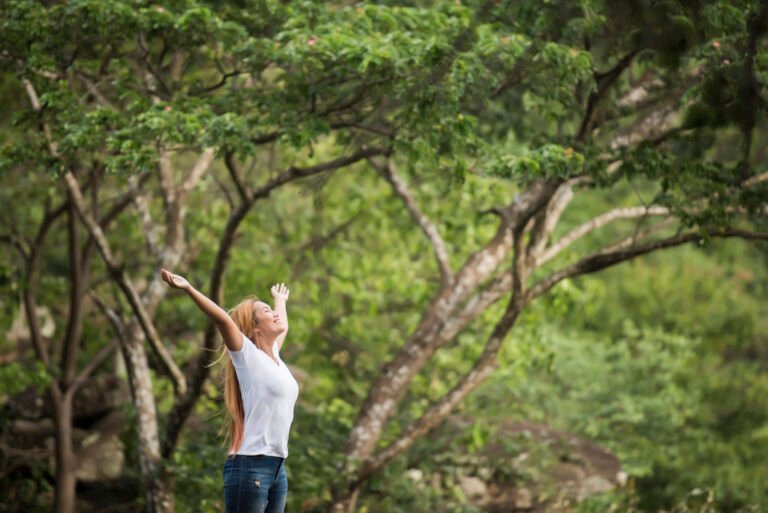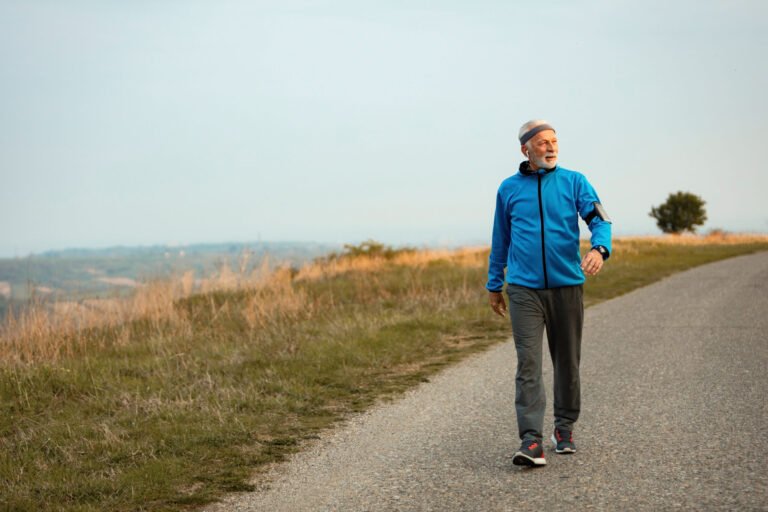Nature Deficit Disorder: Why Modern Humans Need More Trail Time
Combat Nature Deficit Disorder with our guide on reconnecting with nature. Learn how to incorporate more trail time into your urban lifestyle
Could your daily routine be slowly harming your health without you realizing it? Modern life’s convenience comes at a hidden cost: our bond with the outdoors is fraying. As streaming services replace hiking trails and video calls overshadow forest walks, many people now spend over 90% of their time indoors. Let’s talk about Nature Deficit Disorder.

Urban living patterns have reshaped how we interact with the world. Remote work keeps us tethered to screens, while cities prioritize concrete over greenery. This shift isn’t just about missing sunsets—it’s altering our biology. Studies show 20 minutes outdoors daily can boost focus and lower stress, yet most adults barely get half that.
The consequences go deeper than fatigue. Chronic indoor lifestyles correlate with rising anxiety rates and weakened immune responses. Your environment directly shapes your well-being, and artificial settings keep us in a constant low-level stress state. Even houseplants can’t replicate the benefits of wild spaces.
Reconnecting doesn’t require drastic changes. Simple adjustments—like lunch breaks under trees or weekend trail walks—can reset our biological rhythms. This guide reveals how balancing technology with earth’s rhythms creates healthier, happier humans. Ready to rediscover what your body’s been missing?
Nature Deficit Disorder: Definition and Origins
What happens when screens replace streams and cubicles overshadow canyons? A groundbreaking idea emerged in 2005 to describe this modern imbalance. Though not a medical label, it frames a critical conversation about our growing disconnect from the outdoors.
Understanding the Concept and Its Non-Diagnostic Status
Nature deficit disorder acts as a wake-up call, not a diagnosis. It highlights struggles like shortened attention spans and increased stress tied to indoor lifestyles. Doctors can’t prescribe pills for it, but teachers and therapists increasingly note its effects in classrooms and clinics.
Research links limited outdoor time to rising obesity rates and vitamin D shortages. These patterns affect all ages, though children face sharper consequences. Urbanization and tech reliance fuel the issue, creating what experts call a “sensory starvation” of natural stimuli.
The Role of Richard Louv and “Last Child in the Woods”
Journalist Richard Louv sparked this movement with his Last Child in the Woods. The book connected childhood ADHD spikes and emotional struggles to dwindling outdoor play. Louv argued that parks and trails aren’t luxuries—they’re essential for healthy development.
His work triggered global discussions, pushing schools to add outdoor learning and cities to design greener spaces. While nature deficit disorder began as a child-focused concept, adults in screen-heavy jobs now recognize similar gaps in their lives. Louv’s book remains a cornerstone for understanding why dirt under fingernails matters more than we realized.
The Urban Lifestyle vs. Nature Connection
Concrete jungles now dominate where forests once thrived, reshaping how entire generations interact with their surroundings. Digital demands keep eyes locked on glowing rectangles rather than rustling leaves, creating what researchers call an “indoor generation”. This shift impacts more than weekend plans—it rewires our basic needs for sunlight, fresh air, and unstructured exploration.
How Technological Shifts and Indoor Living Are Changing Our Habits
Adults now average 11 hours daily in front of screens for work and leisure, while children spend half their waking hours with digital devices. Playgrounds sit empty as gaming consoles and streaming platforms become default entertainment. “We’ve traded tree-climbing for TikTok scrolling,” notes urban planner Maria Sanchez. Even simple routines like gardening or walking to local markets have vanished from many daily rhythms.
Urban design compounds the problem. Parks often sit miles from apartment complexes, requiring planned trips rather than spontaneous visits. Schools prioritize standardized testing over recess, with studies showing outdoor playtime has dropped 50% since the 1990s. Parents cite safety fears amplified by viral news stories, though crime statistics don’t support these anxieties.
The Impact on Mental and Physical Health in a Digital Age
Excessive screen time correlates with rising childhood obesity rates and adult insomnia cases. Eyes strain under artificial lighting, while bodies miss vitamin D from sunlight. Psychologists observe increased anxiety in teens who replace face-to-face interactions with social media validation loops.
Yet solutions exist. Cities like Portland and Minneapolis prove urban landscapes can integrate nature through rooftop gardens and pedestrian greenways. Families rediscover joy in “unplugged Saturdays” spent hiking local trails. As tech executive Jared Cohen admits, “My best ideas come during lunchtime walks—not Zoom meetings.”
Incorporating More Trail Time: Practical How-To Strategies
Reclaiming your connection to the outdoors doesn’t require a wilderness expedition. Small, intentional choices can help both adults and children trade screen glare for sunlight while maintaining modern routines. Start by identifying pockets of time where digital devices can be swapped for fresh air.
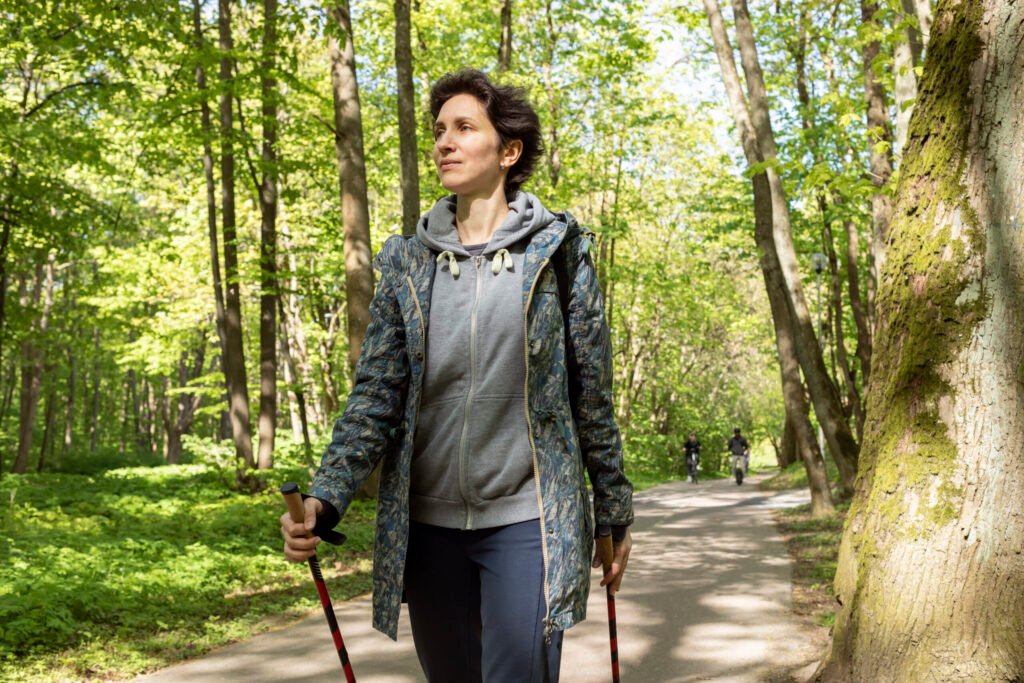
Simple Outdoor Activities for All Ages
Swap evening streaming sessions with sunset walks or stargazing. Families can organize “backyard Olympics” with hula hoops and frisbees, while adults might try lunch breaks under trees. Local parks often host free events like outdoor yoga or nature workshops—perfect for testing new interests without financial commitment.
Seasonal ideas keep engagement fresh year-round:
- Winter snowman-building contests
- Spring wildflower identification walks
- Summer splash pad adventures
- Fall leaf art projects
Breaking the Screen Habit
Create tech-free zones by charging phones away from bedrooms and designating green spaces as device-free areas. Try the “20-5-20” rule: 20 minutes of screen time, 5 minutes looking out a window, 20 minutes outdoors. For kids, pair outdoor time with learning—identify bird calls or track cloud formations.
Workspaces gain energy when positioned near windows, and balcony herb gardens bring nature to urban dwellers. As one teacher notes: “Students who complete homework outside return focused and calm.” Small changes compound into lasting habits that reconnect us with earth’s rhythms.
Research-Backed Benefits of Spending Time Outdoors
Scientific evidence now confirms what our ancestors knew instinctively: green spaces heal. Over 40 studies reveal measurable improvements in both mental and physical well-being for those prioritizing outdoor time. These findings challenge urban lifestyles dominated by screens and artificial environments.
Mental Health Improvements, Stress Reduction, and Enhanced Focus
Brain scans show nature exposure activates regions linked to emotional regulation. A 2022 Stanford study found 60 minutes in parks reduces anxiety markers by 20% compared to city walks. Participants also demonstrated 15% better focus on cognitive tests—equivalent to drinking two cups of coffee.
Outdoor environments uniquely lower cortisol levels and heart rates. Stress hormone production drops 16% faster when surrounded by trees versus urban settings, per University of Michigan research. This biological reset improves emotional resilience and social connectivity.
Physical Health Benefits Including Better Fitness and Vitamin D Uptake
People who spend 150+ minutes weekly outdoors move 54% more than indoor-focused peers, according to CDC data. This activity gap directly impacts obesity rates—a critical factor in diabetes and heart disease prevention. Natural light also optimizes vitamin D synthesis, strengthening bones and immune function.
Regular outdoor time correlates with:
- 23% lower risk of sleep disorders
- 18% faster muscle recovery post-exercise
- 12% reduction in seasonal illness frequency
As highlighted in our guide on the nature deficit disorder concept, these benefits compound over time. Even brief daily exposure creates lasting positive impacts, proving earth’s rhythms remain essential to human health.
Embracing the Outdoors: Final Thoughts on a Nature-Rich Life
Why are doctors prescribing park visits instead of pills? Professionals like James Lutz now recommend outdoor time as therapy, backed by programs like Colorado’s OutdoorRx. Their approach proves even brief daily exposure—think 20 minutes under trees or five on a patio—delivers measurable mental health benefits.
This shift goes beyond personal wellness. Communities prioritizing green spaces see stronger social bonds and environmental care. Schools integrating outdoor learning raise children who value stewardship, not just screen time.
Creating balance matters most. Urban planners and policymakers collaborate to ensure parks sit near apartments, while families adopt “tech-time trades”—swapping streaming hours for stargazing. Simple acts like balcony gardening or lunchtime walks build lasting habits.
The vision? A culture where fresh air breaks rival coffee runs in popularity. Where teachers train outdoors and cities fund trails alongside transit systems. Your move today—whether planting herbs or joining a community garden—fuels this vital change.

